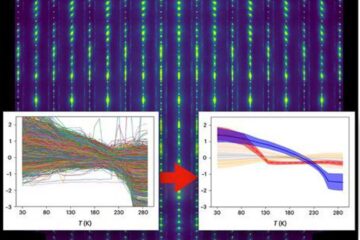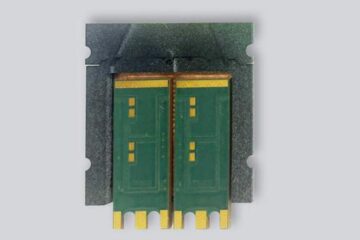Mercury Rising! Offices to stay cool and save dollars

The new system, designed by Simon Shun, working under the supervision of Associate Professor N.A. Ahmed at the University of New South Wales, relies on solar and wind power when it can. When the wind drops or there is not enough sun, the ventilation system automatically switches to mains electricity. This ensures that the building gets adequate ventilation, and meets the ventilation standards legally required for health, safety and comfort.
Commercial ventilation systems use significant amounts of electrical power, enough to cause blackouts in some states during the hottest summer days. This new system has the potential to assist the wider community by reducing peak energy demands and greenhouse gas emissions.
“At present, devices based on renewable energy cannot be used for constant flow ventilation because of the unpredictable nature of the wind and sun,” Shun says. “The challenge, therefore, was to design a system that uses clean energy to the maximum possible effect. Our device has a smart switching module that selects mains electricity as a back-up power source.”
The new ventilation system was designed from the outset to use both wind and solar energy. A horizontal spin-axis design was developed to increase the effectiveness at which energy was extracted from low-speed wind. This configuration more than doubled the ventilation output at wind speeds between 0 and 10 metres a second. The horizontal axis design gave the team the freedom to introduce advantageous design features that were more difficult to incorporate with conventional configurations. Under zero wind speed conditions, an electric motor powered by a stand alone solar panel powers the system. If wind and sun conditions are both less than ideal, mains electricity is often the only solution to maintain a constant ventilation flow rate.
An electronic control module was designed as a smart solution to switch between the energy sources of wind, sun and mains electricity. The module has adjustable inputs for wind speed and solar intensity. This allows a user to adjust the point at which the system switches over to mains electricity. Shun plans to turn his prototype into a working trial system and install it on a purpose- built test building within the next six months. The industrial partner, Edmonds, a business unit of CSR Limited, which has supported the development of the concept, stands ready to assess the advantages of the system with the view of possibly taking the concept to market.
Simon Shun is one of 16 young scientists presenting their research to the public for the first time thanks to Fresh Science, a national program sponsored by the Federal and Victorian Governments. One of the Fresh Scientists will win a trip to the UK courtesy of British Council Australia to present his or her work to the Royal Institution.
Media Contact
More Information:
http://www.scienceinpublic.com/sciencenow/simon_shun.htmAll latest news from the category: Power and Electrical Engineering
This topic covers issues related to energy generation, conversion, transportation and consumption and how the industry is addressing the challenge of energy efficiency in general.
innovations-report provides in-depth and informative reports and articles on subjects ranging from wind energy, fuel cell technology, solar energy, geothermal energy, petroleum, gas, nuclear engineering, alternative energy and energy efficiency to fusion, hydrogen and superconductor technologies.
Newest articles

Machine learning algorithm reveals long-theorized glass phase in crystal
Scientists have found evidence of an elusive, glassy phase of matter that emerges when a crystal’s perfect internal pattern is disrupted. X-ray technology and machine learning converge to shed light…

Mapping plant functional diversity from space
HKU ecologists revolutionize ecosystem monitoring with novel field-satellite integration. An international team of researchers, led by Professor Jin WU from the School of Biological Sciences at The University of Hong…

Inverters with constant full load capability
…enable an increase in the performance of electric drives. Overheating components significantly limit the performance of drivetrains in electric vehicles. Inverters in particular are subject to a high thermal load,…





















